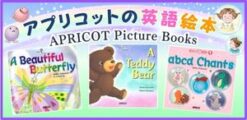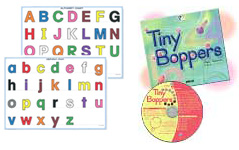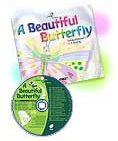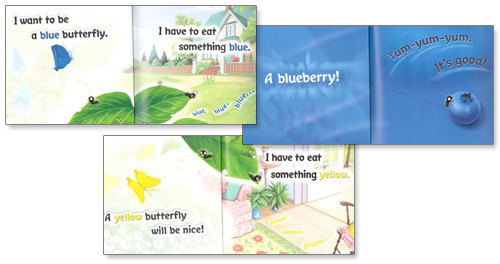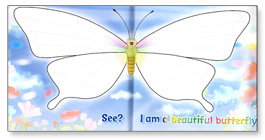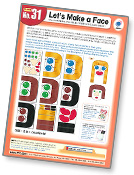
This is an activity in which the children make their own faces by choosing different-sized, long, and colored face parts. They have fun making three or four faces, as shown in the example below.
The completed faces are numbered and the teacher chooses one face and explains it in English. The children can listen hard to the English and guess the face chosen by the teacher, as they have made it themselves.

The activity is followed by Chants: let’s make a face, which is a fun recitation of the lesson’s target English (in this case, the face part).
After the lesson, explain to the parents the purpose of the lesson, such as…
- The importance of communicating one’s intentions in English
- The importance of creative activities that do not have pre-determined answers in language activities
- Listening should be able to be done if there is a purpose
- The importance of reciting target vocabulary and sentences in chants in a fun way
- Importance of knowing that there are people with different colored eyes and hair all over the world.
While you are talking to parents, you can ask children to draw a face of their own inspiration. (Materials used: Learning World Book 1 Activity Sheets 90/Learning World 1 NEW Teacher’s Manual CD-ROM【3rd Edition】)












